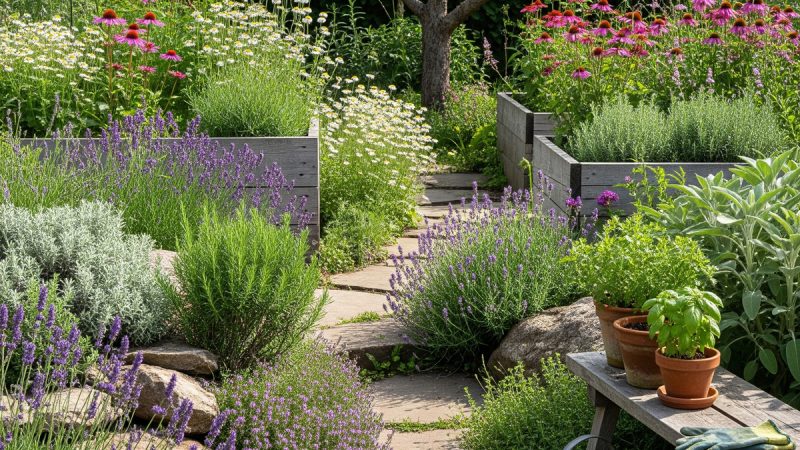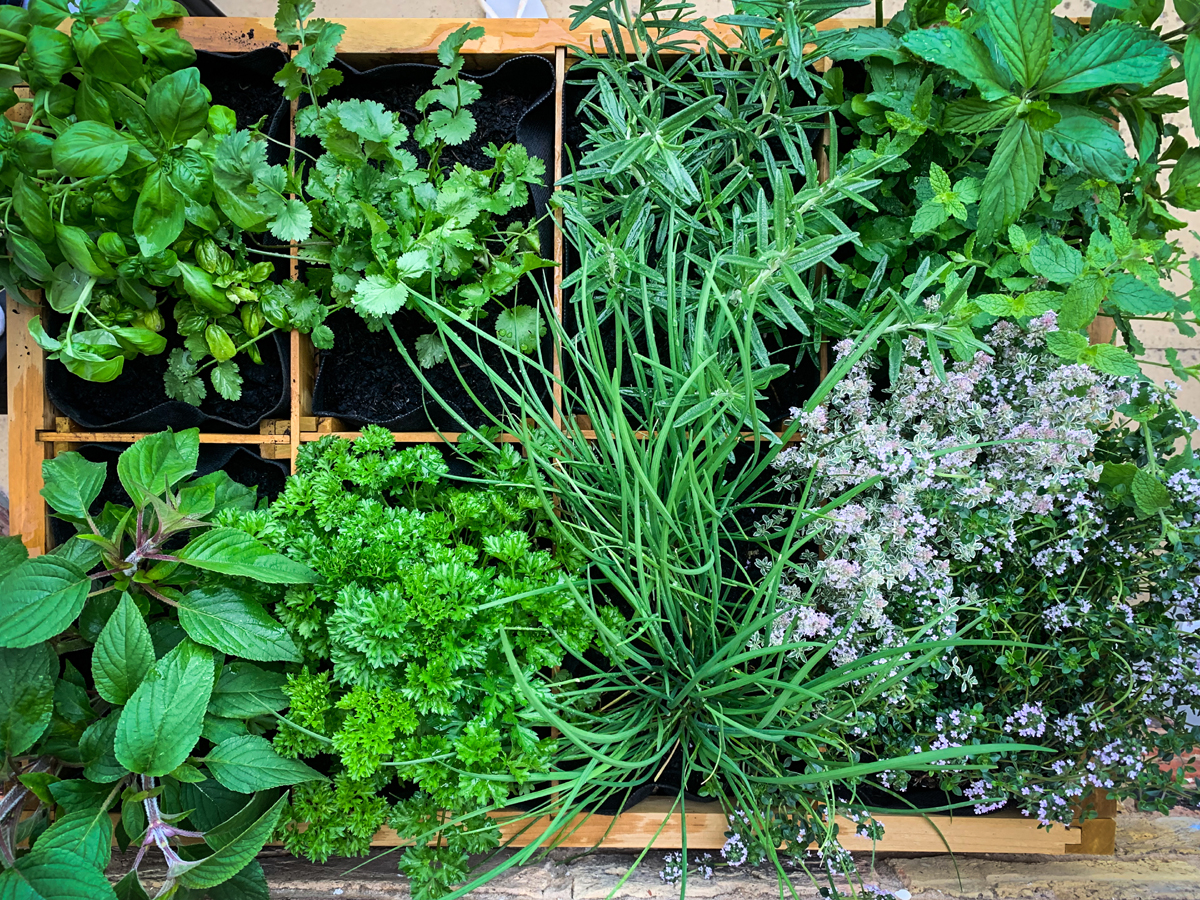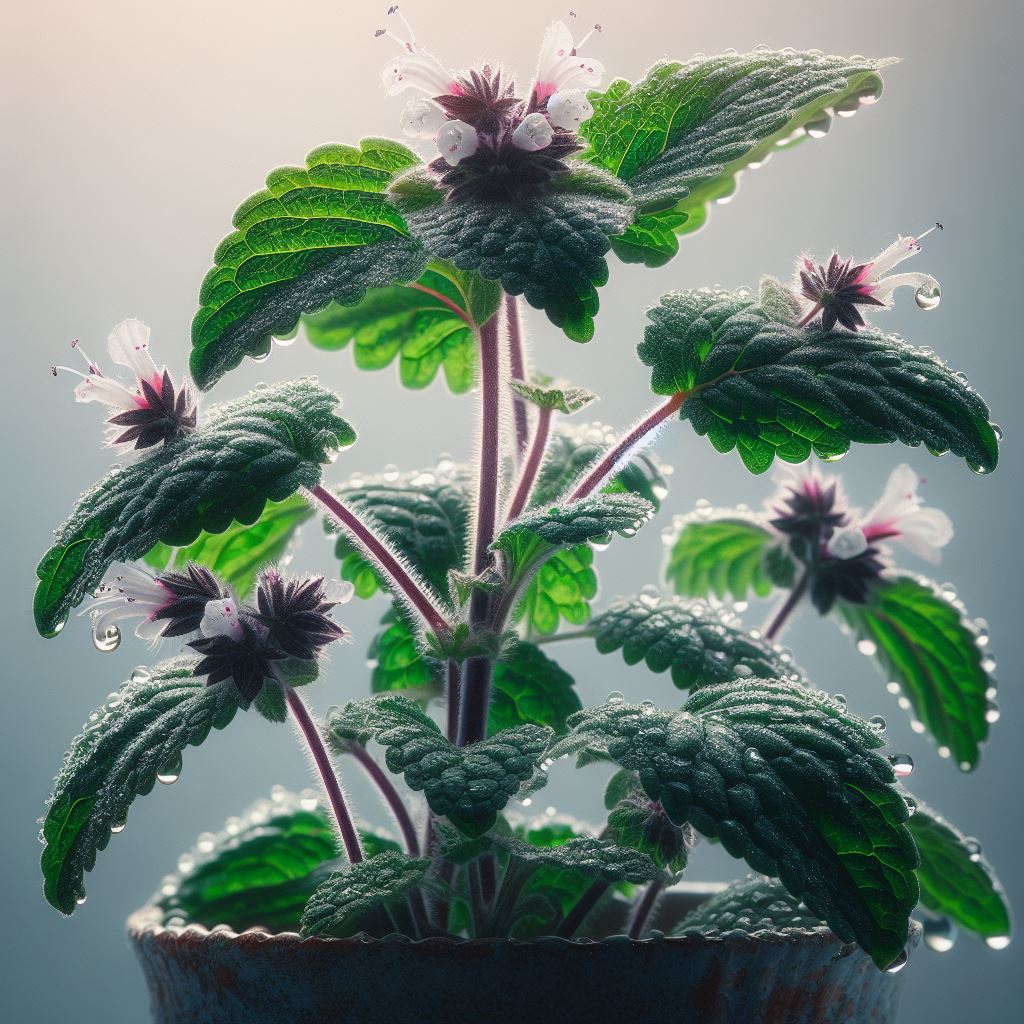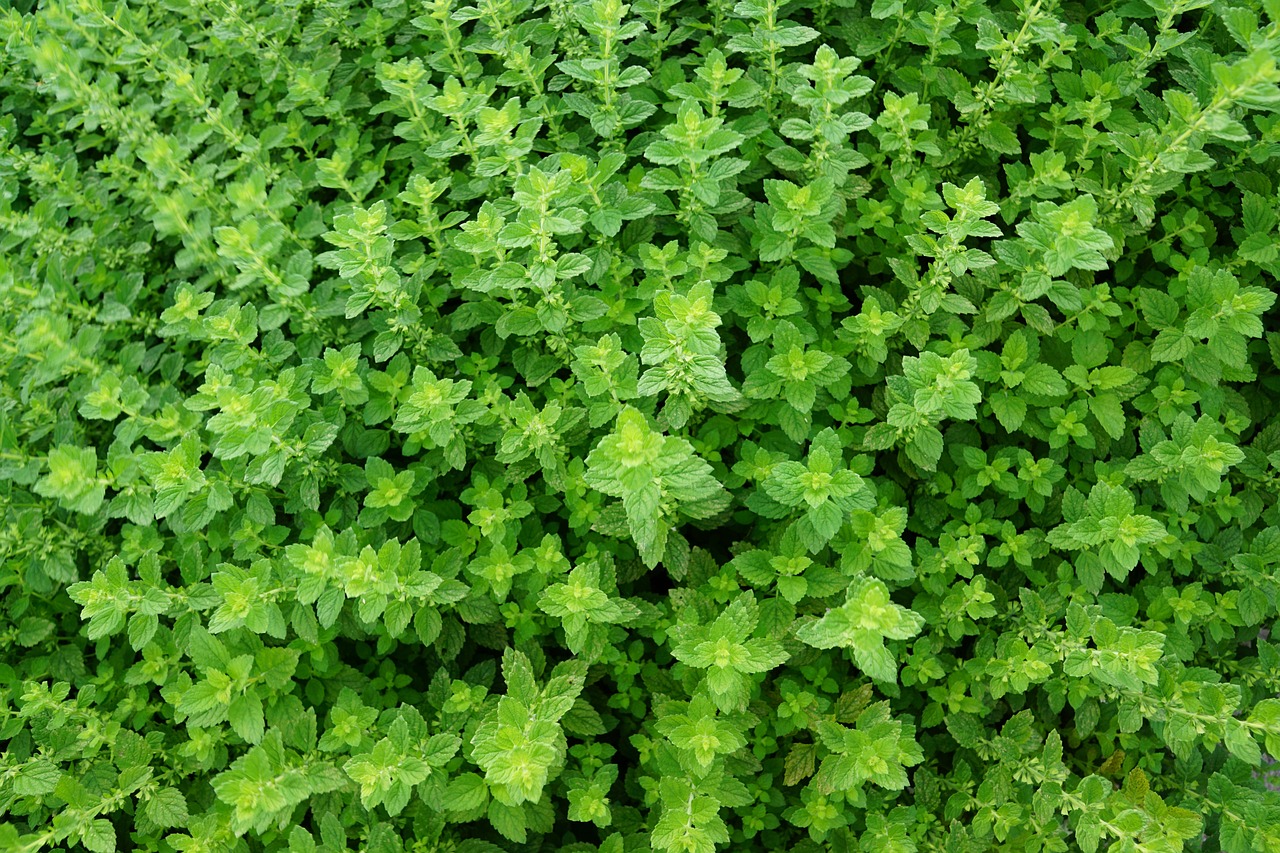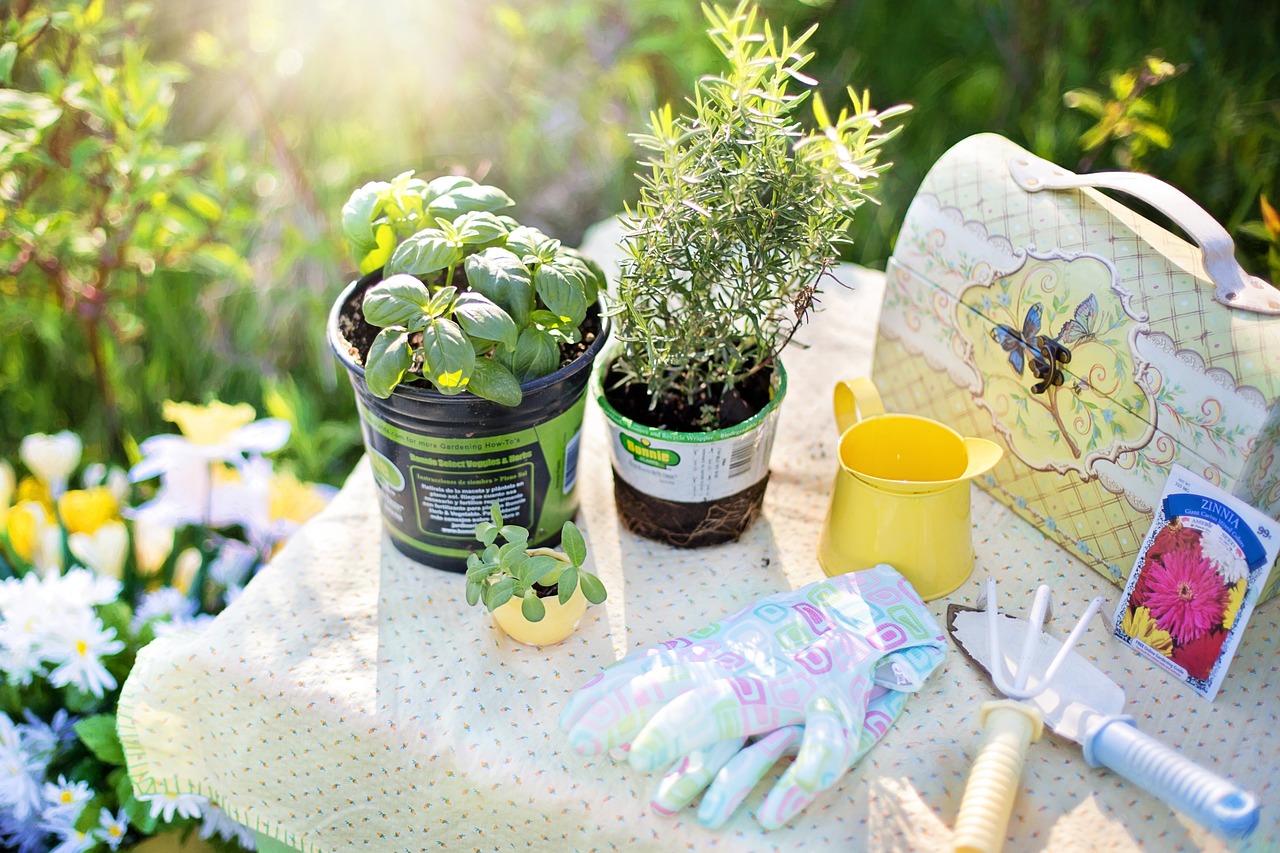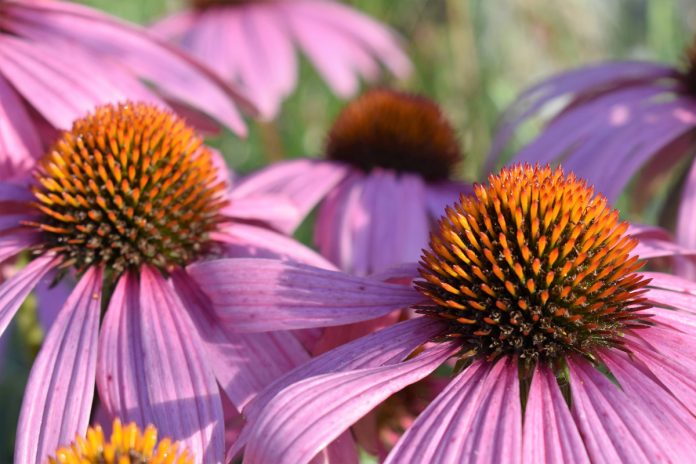Herb Garden Plants – Curry Leaf Tree – Hot Property
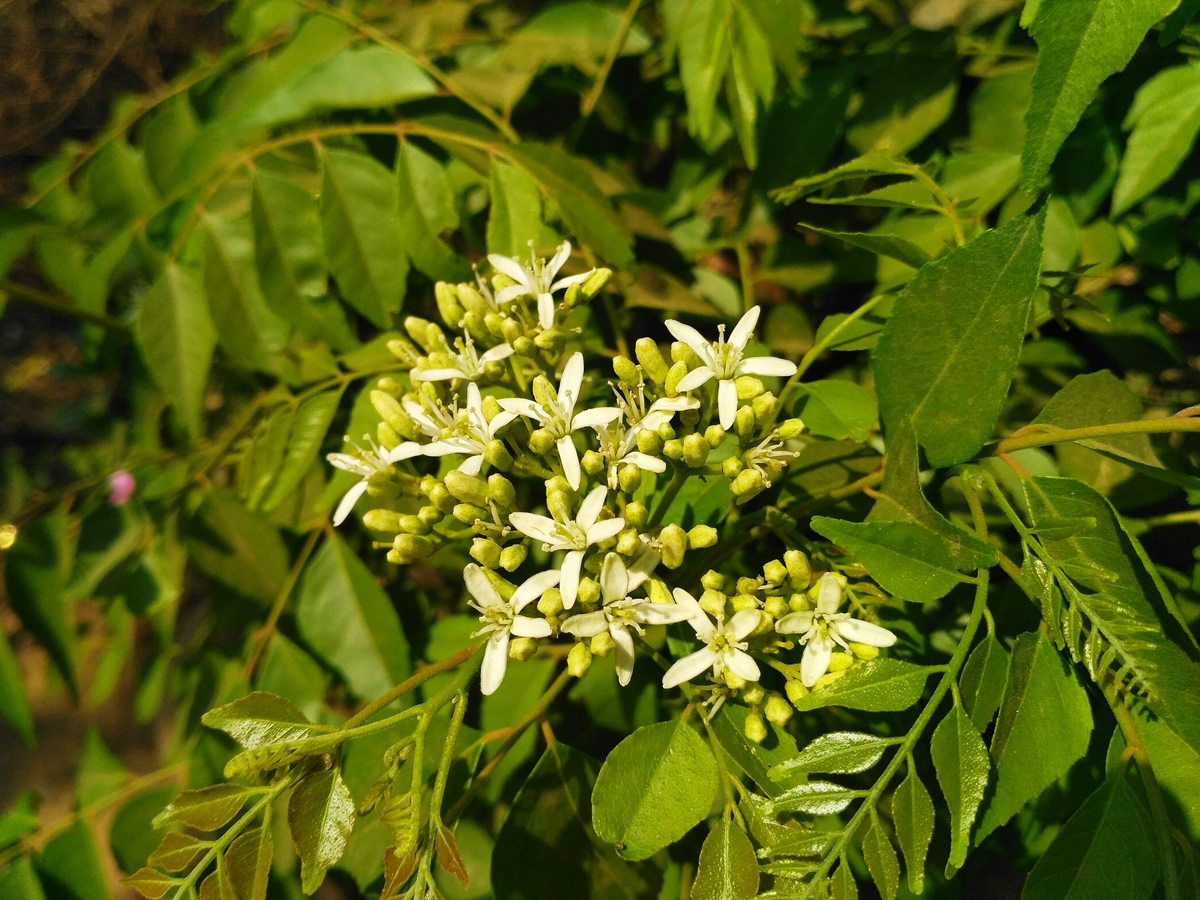
Curry leaves (Murraya koenigii)
Appearance:
The curry leaf tree should not be confused with the curry bush. The latter has no real culinary usage and is probably dubbed ‘curry’ bush because of its pungent smell when crushed and looks a little like a Dusty Miller. The true curry leaf tree is a real, if smallish tree. normally 4-6 m tall, attaining a girth around 375mm.
No ordinary herb garden plants these. Leaves are small and pinnate, each 25 to 50mm long and up to 30mm wide. The smallish shiny berries are black and may be eaten. Be warned that the seed is poisonous. It has pretty, scented small white flowers.
Usage Medical:
Medical virtues include being employed as an antimicrobial, antidiabetic, anti-hypercholesterolemic, antioxidant and anti-inflammatory. other virtues are claimed but provenance is vague. Used as a hair rinse after steeping in hot water, the leaves propogate healthy, strong growing hair.
Usage Culinary:
These leaves of the curry tree are very aromatic, resulting in these herb garden plants being highly prized as a general additive and flavourant in most foods all over the Indian sub-continent as well as South-East Asia, Pakistan and Sri Lanka. Not only curries benefit from their addition, as the distinctive flavour lends itself well to everyday stews.
History:
The curry tree, in spite of its limited geographical sphere of popularity, has so many tales that it its history can never be done justice on one short page. Originally thought to be native to India, they still grow in a domestic or wild state all over India and have been exported as essential herb garden plants to temperate and hot countries with a good rainfall pattern bordering the Indian Ocean.
It is now common – and sometimes grows well in the wild – from South-East Asia in the east to Africa on the west of the Indian Ocean. Malaysia, Thailand, Indonesia, Myanmar, Mauritius, Madagascar, Réunion, South Africa and Maputo were all settled by Indians who brought the curry leaf tree with them for inclusion in their herb garden plants.
Cultivation:
Plant seeds of the curry leaf tree very shortly after harvesting them. Until germination keep soil damp but avoid over watering; planting with fruit intact in your favourite potting soil should duplicate nature and produce good results.
Harvesting:
Use fresh; dry is inferior. Pick directly off the tree – my 7 year old potted curry leaf tree has yielded perennial leaves for over 7 years non-stop. Whenever my friends raid my herb garden plants, the curry leaf tree is the primary target. Freezing is possible if you get from a friend or the market, but expect a loss of flavor.
The Author:
Pete Steel has grown herbs for 25 years in several different climates and soils.

